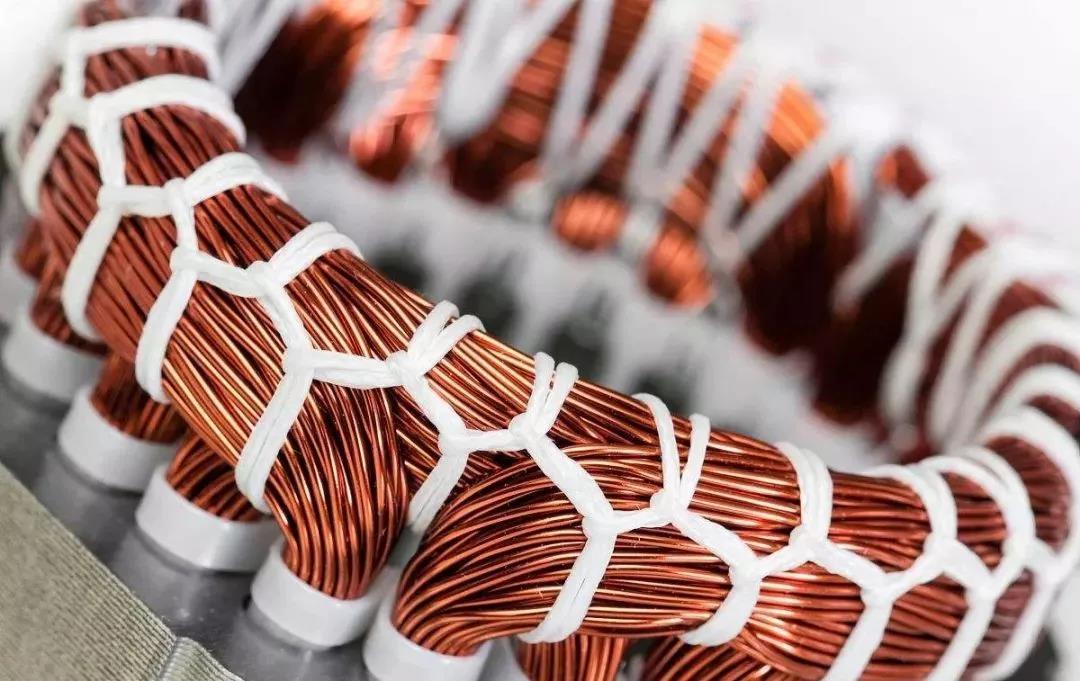1. Because the motor runs under overload or over-voltage for a long time, the current in the winding is too large and heats up, which accelerates the insulation aging, makes the insulation brittle, loses the insulation effect, or makes the brittle insulation due to the vibration during operation. Fall off.
2. When repairing the motor, due to the carelessness of the operation, the outer insulation of the enameled wire is damaged or the temperature is too high during welding, and the welding is too long to deteriorate or damage the insulation at the weld.
3. The motor that has been deactivated for a long time is put into operation due to the insulation moisture and has not been insulated and dried. The damp insulation is broken down and causes a short circuit.
4. In the groove of the double-layer winding, the phase-to-phase insulation is not well-padded, and breakdown occurs and is damaged.
5. The end-to-phase insulation of the single-layer winding is not padded or slipped when the end is tied, causing the end-to-phase insulation breakdown to be short-circuited.

6. The end of the winding is too long, and the end cap or insulation is not well padded.
7. The ends of the winding end pole group connecting wire and the lead wire are not processed after welding, causing the burr to pierce the insulator and cause a short circuit.
8. The short circuit is caused by poor insulation or poor insulation strength between the coils of the stator windings or the lead wires.
9. The winding wiring is incorrect, causing one or several coil sets to be short-circuited by themselves.
10. Rinse with water when cleaning the motor site to allow water to enter the motor and cause a short circuit.

